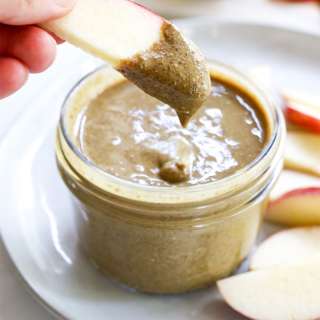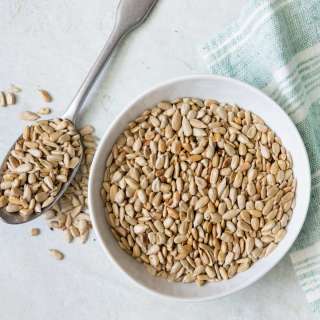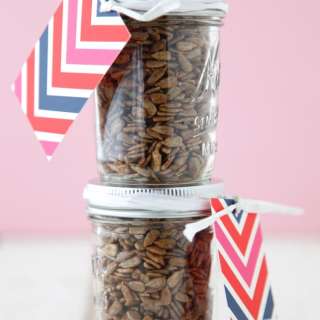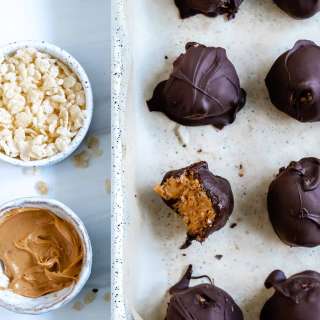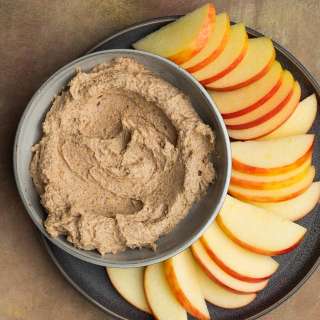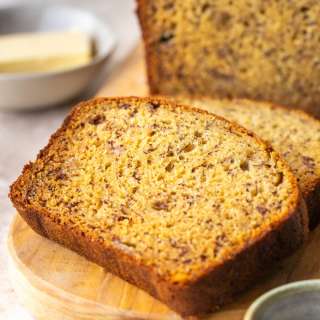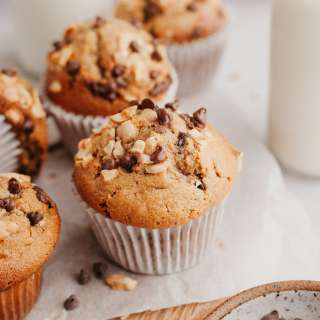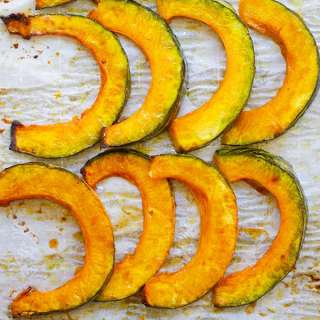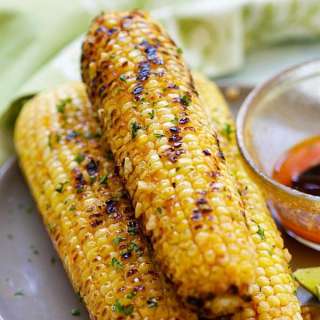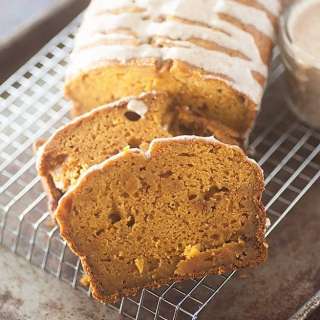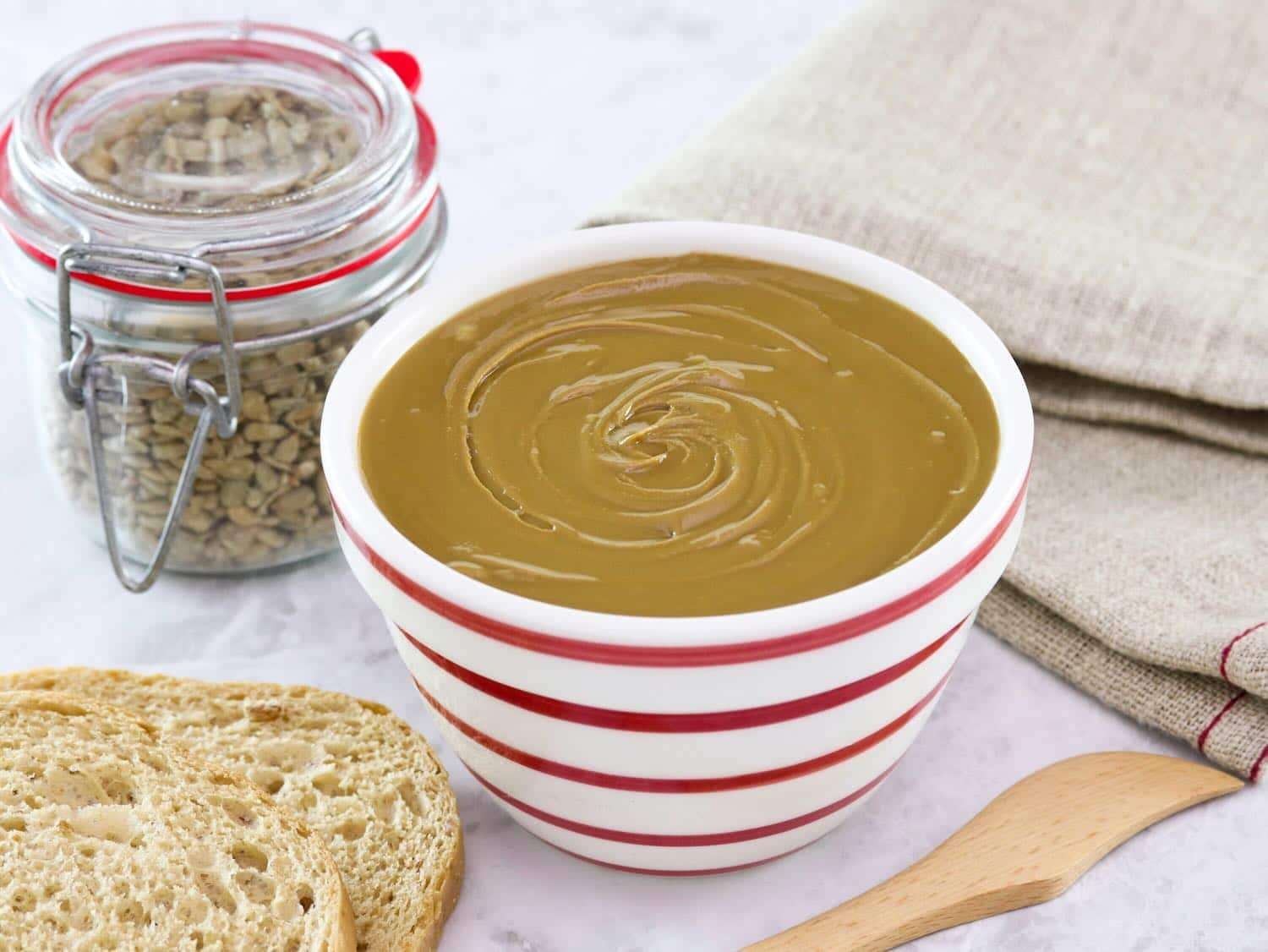
Sunflower Butter
User Reviews
4.8
12 reviews
Excellent

Sunflower Butter
Report
Learn to make smooth, delicious, all natural and allergy-friendly homemade sunflower butter in your food processor with raw sunflower seeds, honey and salt.
Share:
Ingredients
- 4 cups raw unsalted sunflower seeds, shelled (you may substitute roasted unsalted seeds - see note below)
- 5-9 teaspoons high-oleic sunflower oil (amount may vary - you may substitute avocado oil, see notes below)
- 3 tablespoons honey (or to taste) - for vegan use maple syrup or agave nectar
- 1/4 teaspoon Sea salt, or to taste
Instructions
- Preheat oven to 350 degrees F. Spread the sunflower seeds evenly across a sheet tray and roast until lightly golden brown and fragrant, stirring occasionally, for about 20-25 minutes. Be sure to check on them often to avoid burning.
- Allow the sunflower seeds to cool to room temperature. In a food processor, combine the roasted sunflower seeds with the honey and salt (use more or less salt and honey to taste, if desired).
- Begin processing the seeds. At first the nut butter will clump together in pieces.
- Add the oil 1 tsp at a time, smoothing out the butter and blending frequently, until you reach your desired consistency. Scrape down the sides of the processor as necessary. I like my sunflower butter on the soft, semi-goopy side, so I tend to use more oil. This also helps to keep the butter moist when it is refrigerated, and easier to stir. You can use less oil for a thicker, drier butter if you prefer. Continue processing until smooth.
- Store your sunflower butter in an airtight container in the refrigerator. I typically use a mason jar. Use it within a month for freshest taste. As with most natural nut and seed butters, some natural oils may separate from the butter over time. If this happens, just use a spoon to mix the oil back into the butter.
Notes
- You will also need: Baking sheet, food processor
- Makes 25 oz total, approx. 1.5 oz per serving (16 servings)Measurements: 2.5 cups total, 2.5 tbsp per serving
- Important notes: This recipe works best in a large food processor. Smaller processors and blenders are not recommended. However, if you wish to try it with a smaller machine, make sure you make it in two or even three batches - and work slowly to avoid burning out your engine. If making this for somebody with a nut allergy, make sure you buy sunflower seeds that are not processed in a facility that processes tree nuts. Also, make sure your kitchen appliances and cooking surfaces have been fully cleaned and sterilized to avoid contaminating the batch with nut residue. Nut allergies are nothing to mess around with! Do not serve to anybody who has a sunflower seed allergy. This is much less common than nut allergies, but it does exist. Always best to be safe and ask!
- Important notes: This recipe works best in a large food processor. Smaller processors and blenders are not recommended. However, if you wish to try it with a smaller machine, make sure you make it in two or even three batches - and work slowly to avoid burning out your engine. If making this for somebody with a nut allergy, make sure you buy sunflower seeds that are not processed in a facility that processes tree nuts. Also, make sure your kitchen appliances and cooking surfaces have been fully cleaned and sterilized to avoid contaminating the batch with nut residue. Nut allergies are nothing to mess around with! Do not serve to anybody who has a sunflower seed allergy. This is much less common than nut allergies, but it does exist. Always best to be safe and ask!
- If substituting pre-roasted seeds, you may skip the oven toasting step.
- I prefer to use high-oleic sunflower oil in this recipe - it makes for a nice, spreadable sunflower butter. High-oleic varieties of sunflower oil are lower in polyunsaturated fat, making them a healthier choice overall. Avocado oil may be substituted in this recipe, but many brands have a greenish-hue - which may affect the look of your sunflower butter. It doesn't bother me, but if it bothers you, stick to sunflower oil.
- high-oleic sunflower
- polyunsaturated fat, making them a healthier choice overall.
Nutrition Information
Show Details
Serving
1.5oz
Calories
219kcal
(11%)
Carbohydrates
10g
(3%)
Protein
7g
(14%)
Fat
18g
(28%)
Saturated Fat
2g
(10%)
Polyunsaturated Fat
8g
Monounsaturated Fat
7g
Sodium
40mg
(2%)
Potassium
218mg
(6%)
Fiber
3g
(12%)
Sugar
4g
(8%)
Vitamin A
17IU
(0%)
Vitamin C
0.5mg
(1%)
Calcium
26mg
(3%)
Iron
2mg
(11%)
Nutrition Facts
Serving: 16servings
Amount Per Serving
Calories 219 kcal
% Daily Value*
| Serving | 1.5oz | |
| Calories | 219kcal | 11% |
| Carbohydrates | 10g | 3% |
| Protein | 7g | 14% |
| Fat | 18g | 28% |
| Saturated Fat | 2g | 10% |
| Polyunsaturated Fat | 8g | 47% |
| Monounsaturated Fat | 7g | 35% |
| Sodium | 40mg | 2% |
| Potassium | 218mg | 5% |
| Fiber | 3g | 12% |
| Sugar | 4g | 8% |
| Vitamin A | 17IU | 0% |
| Vitamin C | 0.5mg | 1% |
| Calcium | 26mg | 3% |
| Iron | 2mg | 11% |
* Percent Daily Values are based on a 2,000 calorie diet.
Genuine Reviews
User Reviews
Overall Rating
4.8
12 reviews
Excellent
Other Recipes
You'll Also Love
Vegan No-Bake Chocolate Peanut Butter Balls With Rice Krispies (Peanut Butter Bon Bons)
American
5.0
(204 reviews)
Dairy-Free Peanut Butter Cold Brew Protein Shake
American, International, Vegetarian, gluten-free
5.0
(9 reviews)
